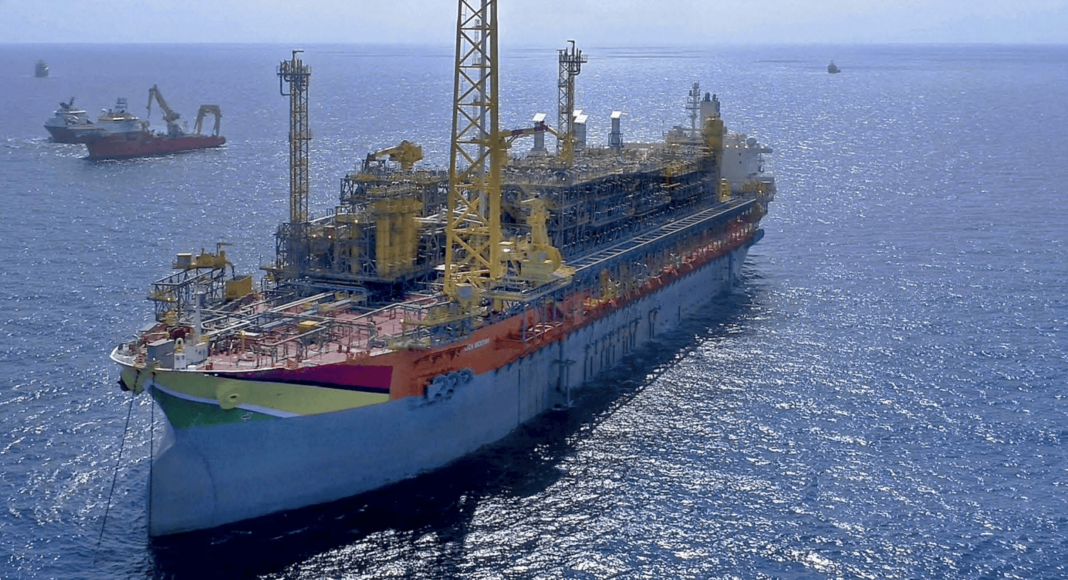Paris based International Energy Agency (IEA) said in its Oil 2021 report that the industry’s spare capacity supply cushion will slowly erode in the absence of fresh upstream investments, shrinking to its lowest since 2016.
The growth in supply, IEA said, is expected to slow on spending cuts, project delays and demand uncertainty as the world continues to recover from the impact of the pandemic.
“By 2026, global effective spare production capacity (excluding Iran) could fall to 2.4 million b/d, its lowest level since 2016,” the report said.
Only a marginal rise in global upstream investment is expected this year after they fell by a record 30% in 2020 compared to the previous year, the IEA noted.
S&P Global Platts said in a report on Wednesday that many in the industry have recently warned that oil and gas investment will need to see a huge boost to prevent a supply crunch that could send prices skyrocketing and tip the global economy back into crisis.
Investments of this magnitude have been rare with exceptions in key frontier basins such as Guyana where ExxonMobil continues to forge ahead with an aggressive exploration and appraisal drilling programme that will be targeting over a dozen wells this year.
Production in the South American country started at the end of 2019 at the 120,000 barrels per day (bpd) Liza Phase 1 Development and two other sanctioned projects – Liza Phase 2 and Payara – will push output past the 500,000 bpd mark by 2024. And this is just the tip of the iceberg. ExxonMobil expects around 10 floating production storage and offloading vessels to be operating off the country’s coast by the turn of the decade, producing well over 1 million bpd.
But while Guyana deepwater activities have been moving forward, 2020 was a cataclysmic year for the oil industry, as capital expenditure and upstream spending fell dramatically.
The deferral of upstream projects has wiped out over 2 million b/d of potential supplies by 2026, according to the IEA. But spending is likely to stay around 15% below 2019 levels in the medium term.
“While spending looks set to remain constrained this year, a modest return to growth has been flagged further ahead,” the report said.
The report said that to meet the growth in oil demand to 2026, supply needs to rise by 10 million b/d by 2026.
The IEA has forecast global oil demand to rise to 104.1 million b/d from 2020, when it averaged 91 million b/d.
By 2026, total oil production will rise by 10.2 million b/d from a six-year low of 94 million b/d in 2020, the report said.



